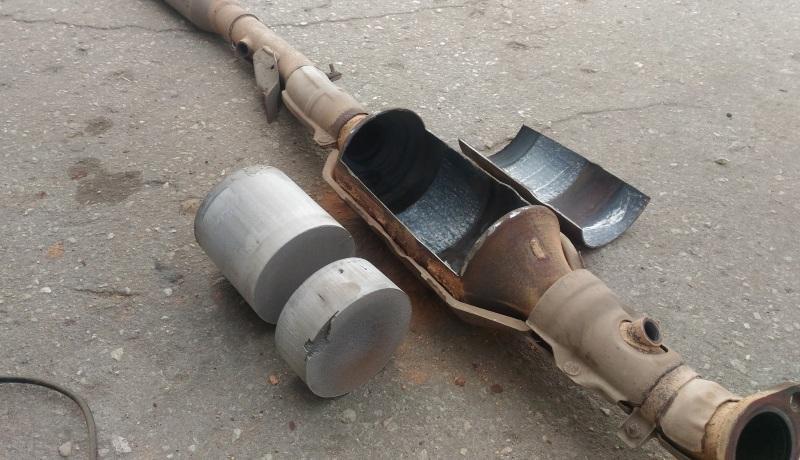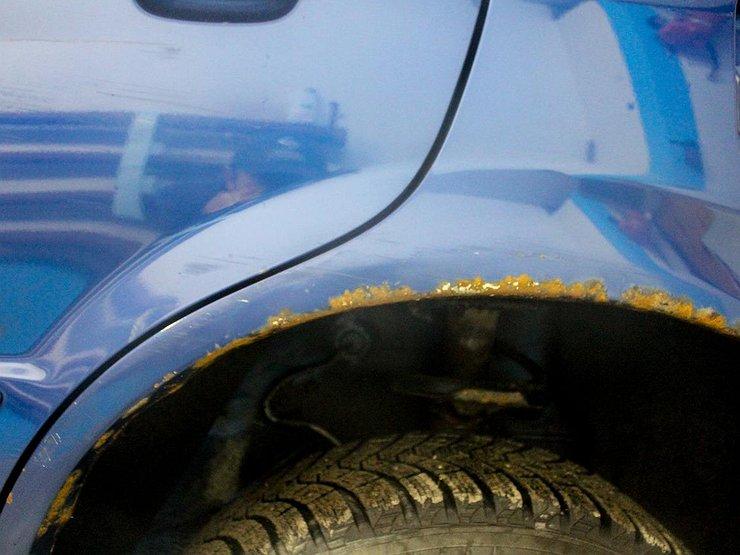
Catalysts
If during the periodic technical inspection of the car it turns out that the catalytic converter is out of order, the car will not be allowed to operate.
So it’s worth making sure that the catalytic converter in our car is in good technical condition, because if damaged, it can cause serious trouble.
– In most vehicles, the manufacturer recommends replacing the catalytic converter after 120–20 km. kilometers,” says Dariusz Piaskowski, owner of Mebus, a company specializing in the repair and replacement of exhaust systems. However, in practice it looks different. Depending on the manufacturer, the catalyst can withstand from 250 thousand. km to XNUMX XNUMX km.
One of the main signs of a catalytic converter failure is a drop in vehicle power as a result of clogging of the exhaust system by a crumbling monolith. The engine then makes noise or has trouble starting. In this case, in addition to the catalytic converter, it is often necessary to replace the muffler as well.
Ceramic catalysts are installed in modern cars, although metal catalysts are increasingly being used.
“Compared to a metal catalyst, a ceramic catalyst is less resistant to mechanical damage,” said Dariusz Piaskowski. – However, in my opinion, in 20 years, i.e. since it has been used in automobiles, its design has proven itself and there should not be major changes here.
There is often an opinion that auto parts of foreign companies are definitely better. As for catalysts, the products of Polish manufacturers best of all correspond to them.
“Polish catalysts have a German certificate that allows them to be used on this market, which indicates their good quality,” explains Dariusz Piaskowski. - Their power reserve is about 80 thousand kilometers. Catalyst damage is also affected by vehicle operational failures resulting from wear on the engine and its components. It happens that a mechanic, after many hours of inspection, only after checking the exhaust gases, comes to the conclusion that a damaged catalytic converter became the cause of the car's malfunction.
Recommended Caution
The catalyst can destroy even small amounts of leaded gasoline. In order not to be mistaken, manufacturers install filler necks of a smaller diameter in cars with catalytic converters. It happens, however, that we fill the fuel not from the fuel dispenser, but, for example, from a canister. If you are not sure about the origin of gasoline, it is better not to pour it. Even if we have to buy a new gas can at the gas station.
The catalyst can also be damaged by unburned gasoline entering the exhaust system when it "proudly ignites".
For the catalyst, the quality of the fuel is also of great importance - contaminated and of poor quality, it causes a high operating temperature, which in this case can be 50% higher. the incoming catalyst melts. The correct operating temperature of the catalyst is about 600o C, with contaminated fuel can even reach 900o C. It is worth refueling at proven stations where we are confident in the good quality of fuel.
Catalyst failure is also caused by a faulty spark plug. So let's not save and carry out periodic checks in accordance with the manufacturer's recommendations, even after the warranty expires.
To the top of the article

